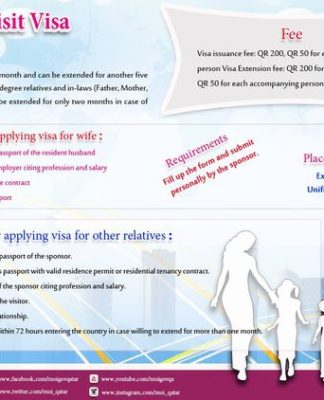Is India facing a post-pandemic employment crisis?
India’s job market is tightening, and skilled workers are finding it harder to enter the workforce. Government job drives and the informal economy have been unable to make up the difference.
Pramod Lal is a 23-year-old recent business graduate from northern India, who thought he had the credentials to be competitive in the job market. However, Lal’s attempts to start a career have yet to succeed.
“Education is no guarantee for a job and I have only got rejection letters in the last year,” Lal told DW.
Meanwhile, growing numbers people who have long been employed are now being made redundant.
Lata Jain, a receptionist from the central state of Madhya Pradesh, was laid off during the coronavirus pandemic in 2020. She has yet to find gainful employment despite having years of work experience.
“I was willing to take a salary cut and work more hours to get back into a white-collar job. But it is proving difficult. I don’t know how long my bad luck will continue,” Jain told DW.
India’s economic long COVID
According to the Centre for Monitoring Indian Economy (CMIE), a think-tank specializing in economic data collection, increasing numbers of people are no longer even looking for work.
As of December 2021, the CMIE estimates that one in five college graduates are unemployed.
In April, India’s overall unemployment rate rose to 7.83%, up from 7.60% in March.
The northern state of Haryana is the worst-affected, with 34.5% unemployment.
Since 2020, the coronavirus pandemic has severely hit India’s job market, and the effects are still visible in the economy, especially in the informal sector.
While the restrictions and lockdowns that led to huge job losses two years ago have largely been lifted, workers seem hesitant to get back into the job market.
But in fact, data shows people were leaving the workforce even before the pandemic. The CMIE said that between 2017 and 2022, the overall labor participation rate dropped from 46% to 40%.
“These are disappointed people. As these disappointed people stop looking for jobs, they get classified as ‘out of the labor force’ and do not get counted in the unemployment rate. But their exit causes a fall in the unemployment rate,” Mahesh Vyas, the managing director of CMIE, told DW.
This is why the CMIE does not consider the overall unemployment rate a reliable measure of labor market stress.
“The problem of unemployment has grown substantially since that time. Many feel angry about the time they invested in education and job searches,” Vyas added.
Indian workers turn to the informal sector
Employment problems are compounded for those working in India’s informal sector, such as those seeking jobs in construction or agricultural labor with no guarantee of work or a guaranteed wage.
Gig workers also complain of a lack of job security, employment benefits and salaries that often fail to meet minimum wage requirements.
Various chambers of commerce estimate that India had 15 million gig workers before the pandemic hit.
Start-ups, including some of the celebrated unicorns like Ola, Uber, Zomato and Swiggy, have emerged as a major driver of the gig economy in India. They hire contractual freelancers in both skilled and unskilled jobs to reduce costs.
However, it is difficult to officially quantify how exactly these tech-driven gig jobs are affecting overall unemployment.
“There is no robust data on the informal sector economic activity,” said Lekha Chakraborty, professor at National Institute of Public Finance and Policy.
“The potential of fin-tech, AI, machine learning, big data analytics, e-commerce are in demand and skilling will be a significant determinant to access such new normal job markets,” Chakraborty told DW.
“That said, we need to acknowledge the fact that only less than 10% of the entire workforce in India is in the organized sector,” he added.
Government backstops fall short
“The role of government as an employer of last resort needs to be strengthened by providing fiscal space for job guarantee programs,” Chakraborty said.
The widespread disappointment in lack of jobs was evident in January this year.
A railway job recruitment drive in India’s northern states of Bihar and Uttar Pradesh turned violent, as groups protesting mass unemployment blocked roads and railway lines.
It was found that more than 12 million people had applied for 35,000 clerical jobs at Indian Railways, India’s largest employer.
Although the government’s budget announced in February aims to create 6 million jobs over the next five years, it has also highlighted tensions between employment demand and the government’s policy response.
Economic analyst M K Venu said that the real unemployment rate should be calculated as a ratio of those actually looking for jobs.
“In China, roughly over 60% of the employable population [18 to 65 years] are in the job market. In India, when Modi came to power, about 46% of the employable population of roughly 1 billion was in the job market looking for jobs,” he said.
“Obviously, the economy is so sluggish that people have fallen out of the job market. The unemployment rate declining by a percentage point makes no difference if people have fallen out of the job market,” Venu said.
Edited by: Wesley Rahn

































